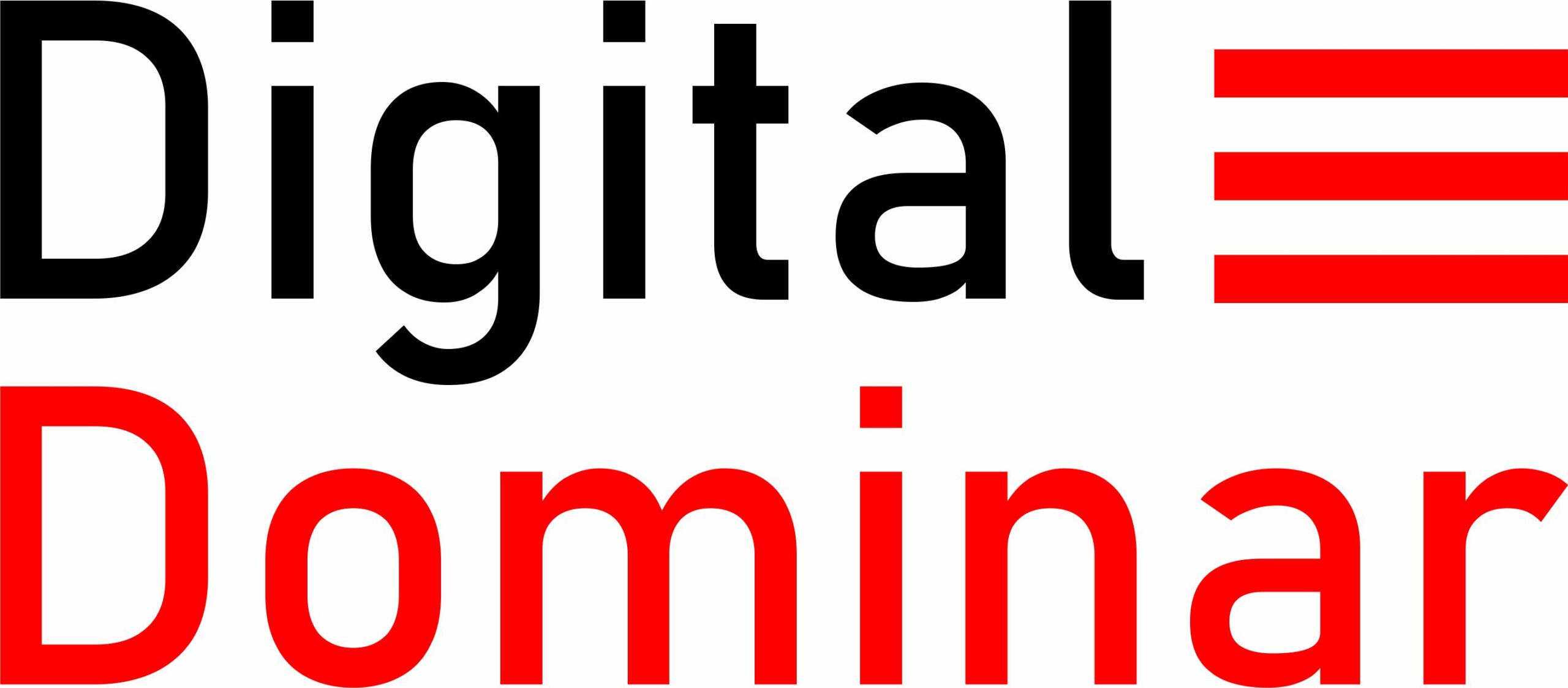A cash-out refinance is a kind of mortgage refinance that lets you change the terms of your loan and get cash from the equity you’ve built up in your home. The rest of your mortgage payment pays back the amount you borrowed from your home’s equity, which is different from what you owe on your home and how much it is worth now. Cash-out refinance is an option for conventional loans, government-backed FHA and VA loans, and VA loans.
slot-xo | forbesblogger | medikindred | teachzies | purefitedge
How Does A Cash-Out Refinance Work?
In a traditional mortgage refinance or cash-out refi, you get a new loan to pay off your old mortgage. In a traditional refinance, you borrow about the same amount as you already owe and try to get a lower interest rate, a different term, or both.
With a cash-out refinance, your interest rate and loan term could change, but the idea is to borrow more than you owe and use the extra cash for something else. If you want to lower your interest rate, a traditional refinance may be better than a cash-out refinance. This is because traditional refinances tend to have lower rates.
Cash-Out Refinance Example
Say that your home is worth $400,000. After many years of steady pay stubs, the amount you owe on your mortgage is now $200,000. You need money so your child can go to college for a semester. If you get a cash-out to refinance for $260,000, you would pay off the remaining $200,000 of your old mortgage and keep $60,000 to pay for college.
Potential Income from Cash-Out Refinance
When you refinance a conventional mortgage, most lenders will only let you get cash out for up to 80% of the home’s value. But some mortgage lenders may let you borrow up to 90 percent. So, if your home is worth $400,000, the most cash you can get from a cash-out refinance is $320,000.
You can also get cash out if you want to refinance a loan backed by the government, like an FHA loan. For example, you used to be able to refinance your mortgage into an FHA loan for up to 85% of the value of your home, but as of September 1, 2019, you need an LTV ratio of 80% or less. You can also refinance with a VA cash-out if your LTV is 90% or less. For federally insured mortgages, there may be other rules about cash-out refinance, such as a minimum credit score.
Cash-Out Refinance Eligibility Requirements
Cash-out rules can be different from one pay to the next. But some general requirements for cash-out refinance are:
- For a conventional loan, you may need a credit score of 620 or higher to do a cash-out refinance. However, lenders may be willing to accept a lower score for a government-backed loan.
- Your DTI ratio is calculated by dividing your monthly debt payments by your gross income. Lenders want to see that their monthly debt payments are less than 50% of their gross income. But if your DTI is 45 percent or less, you may have a better chance of being approved. If you have been keeping the records of your monthly payments using a paystub maker, it is easy to take the correct data from there to calculate the ratio.
- To figure out your LTV ratio, divide the amount you still owe on your loan by the value of your home, then multiply the result by 100. The maximum LTV for a cash-out refinance is usually 80%, but for a VA cash-out refinance loan, it could be 100%.
Pros And Cons of a Cash-Out Refinance
With a cash-out refinance, you have money out of your home’s equity to pay for something like medical bills or to help you with your mobile business ideas. In addition, your interest rate could go down if you refinance your loan or switch from an adjustable-rate mortgage to a fixed-rate mortgage. So if your balance is better now than when you first got the loan, you should pay at a lower rate and save on interest. Also, if you use the cash-out refinance to make major changes to your home, mortgage points may be eligible for a tax deduction, saving you some money when it comes time to pay your taxes.
If your mortgage payment goes up for a long time, you might have to cut back on other things. Even if your mortgage has a low-interest rate, extending the length of your loan could cost you more because you’ll pay more interest over a longer period. Also, a cash-out refinance may not be as cost-effective if you only need to borrow a small amount because the closing costs for a large loan can be expensive. These costs, usually between 2% and 5% of the loan amount, are taken out of your loan before you get your money.
Is Cash-Out Refinance a Good Idea?
Refinancing to get cash out is one of the least expensive ways to pay big expenses. For example, if a homeowner uses the money from a cash-out refinance to make home improvements that raise the home’s value by a lot, they can deduct the mortgage interest from their taxes. Also, homeowners can use the money they get from cash-out refinances to save for retirement or buy an investment property.
Rates for refinancing are usually lower than rates for things like credit cards. This is because you can pay off these debts with the money from a cash-out refinance and pay back the loan with a lower monthly payment. Education is also expensive, so it can make sense to use home equity to pay for college if the refinance rate is much lower than the rate for a student loan.
healthvizone | thenextssite | Prep-And-Go | UndoneCreation | hungerboss






I don’t think the title of your article matches the content lol. Just kidding, mainly because I had some doubts after reading the article.
Can you be more specific about the content of your article? After reading it, I still have some doubts. Hope you can help me.